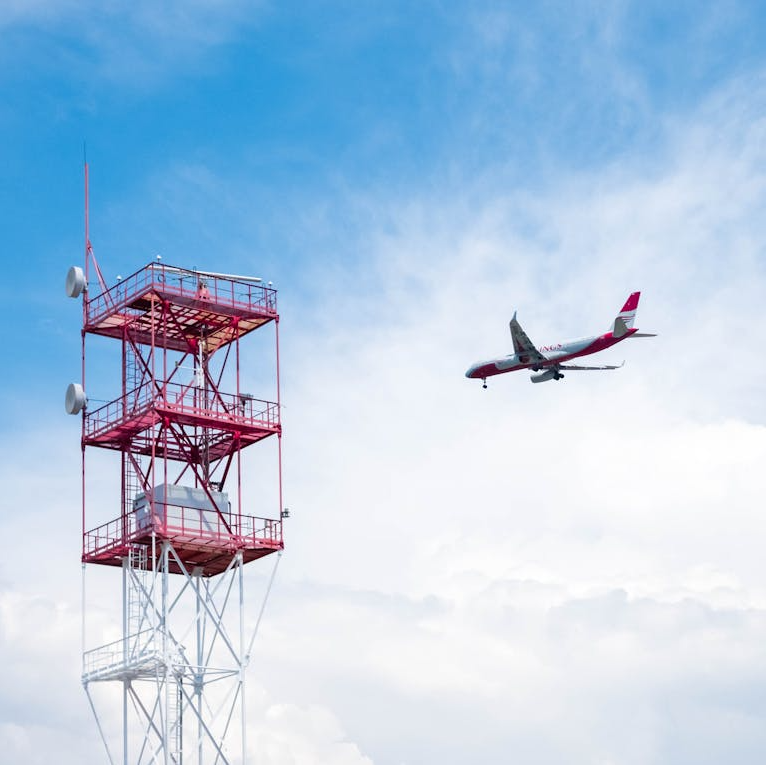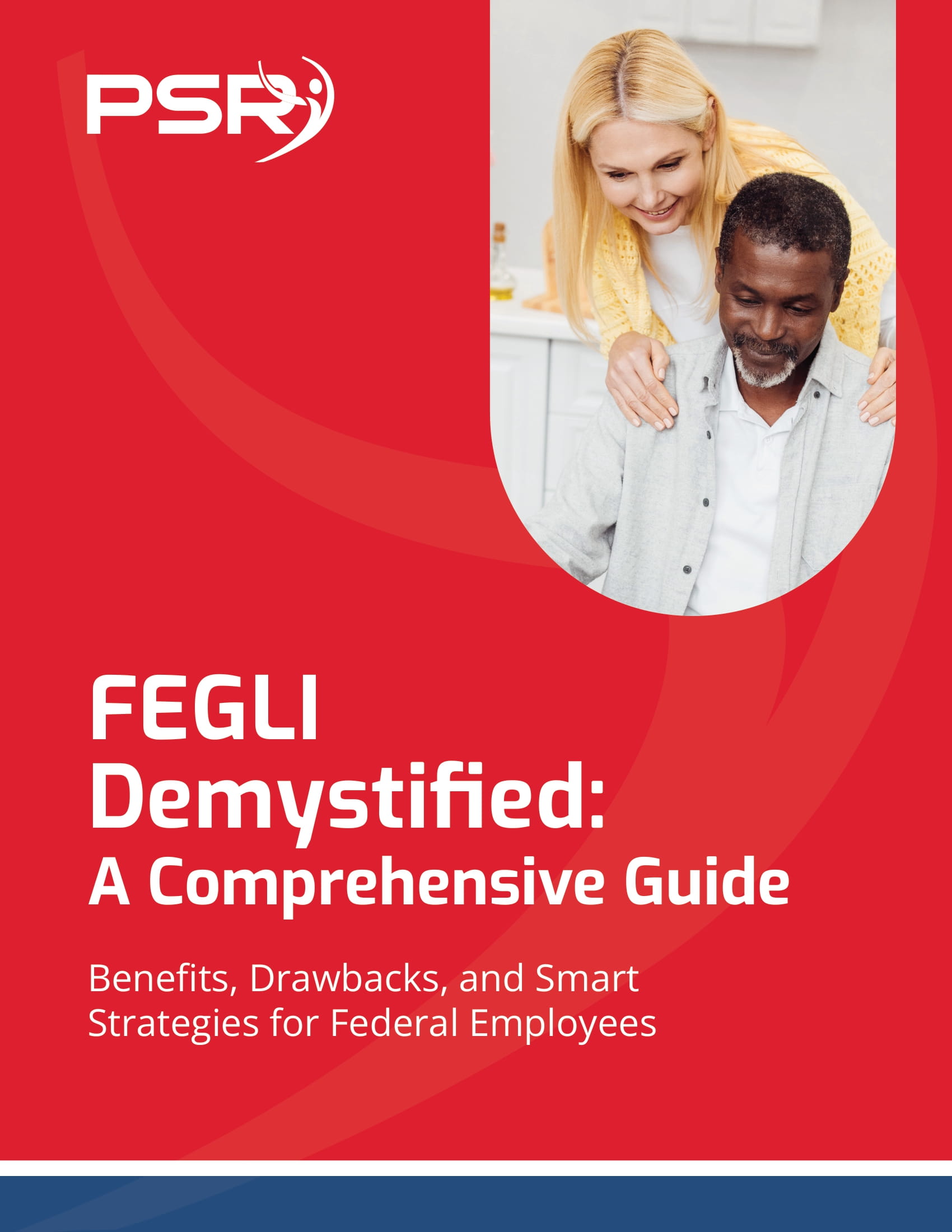Key Takeaways
-
FAA employees are leveraging unique programs and benefits to retire earlier while maximizing their financial security.
-
Understanding how these programs work can help you create a solid plan for an early retirement tailored to your needs.
Unveiling the Secret to Early Retirement for FAA Employees
If you’re an FAA employee dreaming of an early retirement, you’re not alone. Many of your colleagues are using special programs designed just for federal employees to step away from the daily grind earlier than expected. These programs, coupled with strategic financial planning, allow you to enjoy your golden years with peace of mind.
Here’s how you can make the most of what’s available to you.
Why Early Retirement is Achievable
- Also Read: Are You Eligible for the Federal Employee Retirement System (FERS)? Find Out Here
- Also Read: Why TSP Withdrawal Options Might Be More Flexible Than You Think for Federal Retirees
- Also Read: The Top Federal Employee Benefits You Should Be Tapping Into Right Now
The Federal Employees Retirement System (FERS)
FERS is the foundation of your retirement plan. It consists of three components:
-
Basic Annuity: This provides you with a steady income based on your years of service and your highest three years of earnings (your High-3 average).
-
Thrift Savings Plan (TSP): Think of this as your 401(k). It allows you to save and invest for retirement while benefitting from agency contributions.
-
Social Security: As a FERS employee, you contribute to Social Security, ensuring you receive benefits upon eligibility.
Special Early Retirement Options
Federal employees, including those at the FAA, often qualify for special provisions allowing retirement before the traditional age of 62. For example:
-
MRA+10 Retirement: Minimum Retirement Age (MRA) is typically between 55 and 57, depending on your birth year. With at least 10 years of service, you can retire early, albeit with a reduced annuity.
-
Special Provisions for Air Traffic Controllers (ATCs): If you’re an ATC, you’re eligible for retirement after 25 years of service or at age 50 with at least 20 years. These roles come with unique benefits to compensate for their demanding nature.
How to Use Your Benefits Strategically
Retiring early isn’t just about walking away from work; it’s about securing your financial future. By making the right choices, you can maximize your benefits and minimize penalties.
Optimizing Your High-3 Average
Your annuity is calculated using your High-3 average salary. To increase your retirement income:
-
Aim for promotions or higher-paying roles in your final years of service.
-
Consider the timing of your retirement to ensure your highest earnings are included in the calculation.
Maximizing TSP Contributions
The Thrift Savings Plan is a powerful tool for growing your retirement savings. As of 2025, you can contribute up to $23,500 annually, with additional catch-up contributions if you’re aged 50 or older. Employees aged 60-63 can contribute even more, thanks to SECURE 2.0 Act provisions.
Take full advantage of agency matching contributions and consider diversified investments to ensure your TSP grows steadily.
Special Programs to Boost Your Retirement
Several programs are designed specifically to help federal employees, including FAA staff, retire comfortably and earlier than expected.
Military Buyback Program
If you have prior military service, the military buyback program allows you to count those years toward your civilian retirement. This can significantly increase your annuity and reduce the years you need to work in the FAA.
FERS Special Retirement Supplement
For those retiring before Social Security eligibility, the FERS Supplement bridges the gap until you can claim Social Security. This is particularly beneficial if you’re retiring at your MRA or under ATC provisions.
FEHB and Medicare Coordination
Federal Employee Health Benefits (FEHB) remain available in retirement, offering comprehensive coverage. Pairing FEHB with Medicare at age 65 can reduce out-of-pocket healthcare costs, making early retirement more affordable.
Annual Leave Payouts
Unused annual leave is paid out in a lump sum upon retirement, providing an immediate financial cushion. Strategically managing your leave can boost your post-retirement finances.
Financial Planning for Early Retirement
To retire early, you need a robust financial plan that addresses all potential challenges.
Understanding the Costs
While early retirement is enticing, it comes with costs, such as reduced annuities and potentially higher healthcare expenses before Medicare eligibility. Planning ahead can help you navigate these expenses.
Building an Emergency Fund
Retirement doesn’t guarantee smooth sailing. Unexpected expenses can arise, and having an emergency fund is crucial. Aim to save 6-12 months’ worth of living expenses before you retire.
Evaluating Life Insurance Needs
Federal Employees Group Life Insurance (FEGLI) premiums rise significantly as you age. Assess your need for life insurance in retirement and consider alternatives to FEGLI if the costs become prohibitive.
Timing Your Retirement: What You Need to Know
The timing of your retirement can have a significant impact on your benefits. Understanding key dates and milestones ensures you make the most of your retirement package.
The End of a Pay Period
Federal retirement benefits are prorated based on the number of days worked in a pay period. Retiring at the end of a pay period ensures you receive the full accrual of benefits.
Retirement Eligibility Dates
Pay attention to eligibility dates for annuity commencement. For example, retiring on the first day of a month often means your benefits start the following month, avoiding unnecessary delays.
Navigating Post-Retirement Benefits
Retirement doesn’t mean losing access to important benefits. As a retired FAA employee, you continue to enjoy several perks that enhance your quality of life.
Maintaining FEHB Coverage
One of the most significant advantages of retiring as an FAA employee is the ability to carry FEHB coverage into retirement. To qualify, you must have been enrolled in FEHB for the five years preceding retirement.
Accessing FEDVIP Plans
Federal Employees Dental and Vision Insurance Program (FEDVIP) offers comprehensive dental and vision coverage, ensuring your healthcare needs are fully met in retirement.
Survivor Benefits
If you’re considering leaving a portion of your annuity for your spouse or dependents, be sure to elect survivor benefits during your retirement application process. This decision is irrevocable and crucial for your family’s financial security.
Avoiding Common Pitfalls
Even with careful planning, there are common mistakes that can derail your early retirement goals. Here’s how to avoid them:
Overlooking TSP Withdrawals
Early withdrawals from your TSP before age 59 ½ may incur penalties. Plan your withdrawals strategically to avoid unnecessary fees.
Underestimating Healthcare Costs
Healthcare can be one of your largest expenses in retirement. Consider how FEHB and Medicare coordination can reduce costs and provide comprehensive coverage.
Ignoring Inflation
Inflation erodes purchasing power over time. Factor this into your retirement planning to ensure your savings last.
Preparing for a Smooth Transition
Retiring early from the FAA is an exciting milestone, but it requires thorough preparation. Start planning several years in advance to ensure a seamless transition.
Reviewing Your Retirement Application
Ensure your retirement application is complete and accurate. Errors can delay the processing of your benefits.
Attending Pre-Retirement Counseling
Many federal agencies, including the FAA, offer pre-retirement counseling sessions. These provide valuable insights into your benefits and help you make informed decisions.
Setting a Post-Retirement Budget
Create a realistic budget that accounts for all your expenses and income sources. This will help you manage your finances effectively and avoid overspending.
Your Path to an Early Retirement Starts Now
Early retirement as an FAA employee is within reach if you take advantage of the programs and benefits available to you. By understanding your options and planning strategically, you can enjoy a fulfilling and financially secure retirement.









